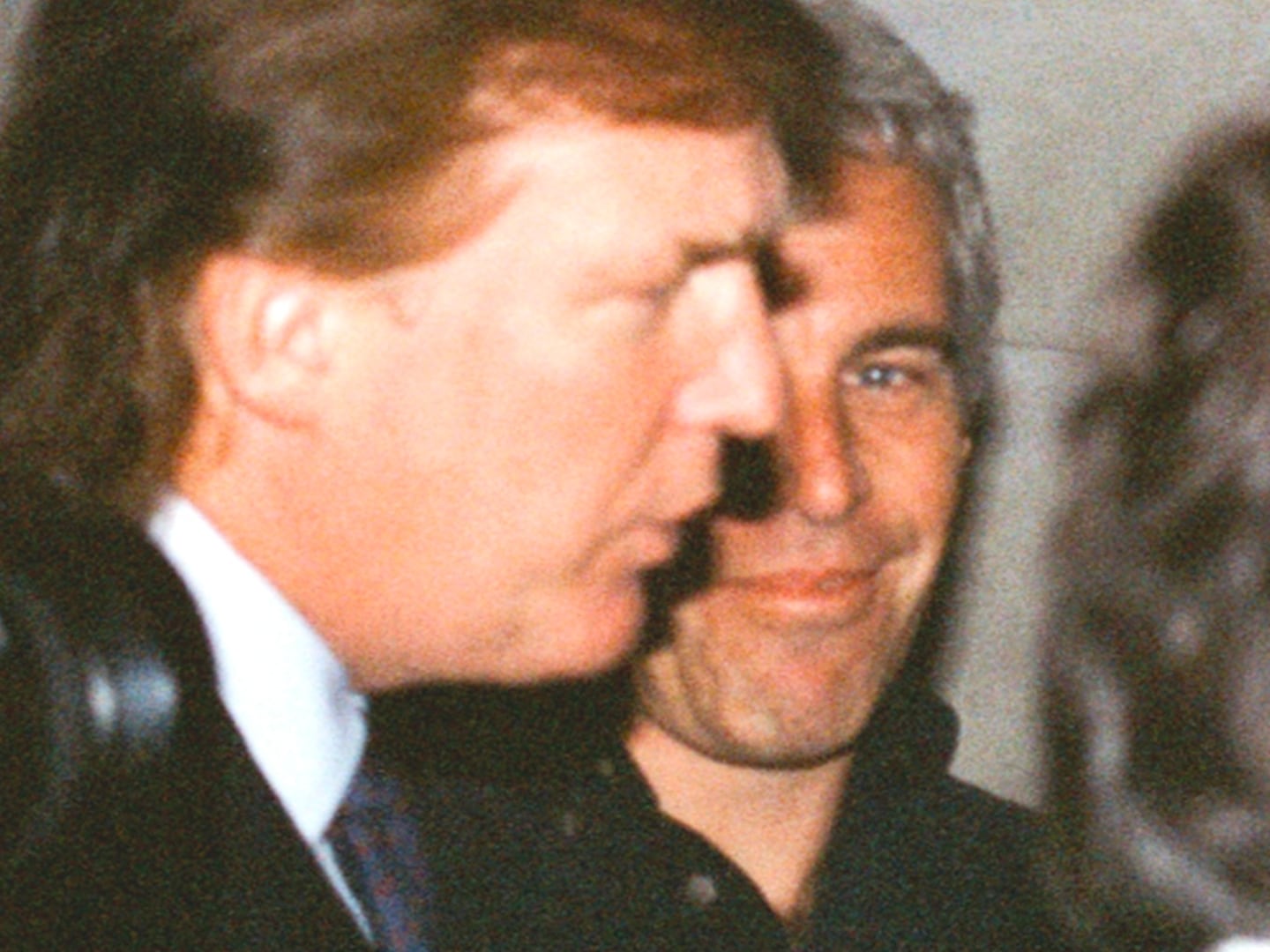In the late 1960s, the U.S. Air Force came close to completing a spy spacecraft capable of snapping photos of the Soviet Union in unprecedented detail.
But this wasn’t just another satellite. It was huge—72 feet from tip to base. And for good reason. As its name indicates, the Manned Orbital Laboratory was designed to carry a crew of two military astronauts who would have lived aboard the spacecraft during its 40-day missions orbiting hundreds of miles over Earth, pointing the craft’s huge, powerful telescopes and sophisticated radar at targets down below.
Huge and packed with the latest technology, the MOL would have been a Space Age wonder. But it was also a diplomatic nightmare that officials feared might cause a Soviet backlash. And it was expensive. By the time President Richard Nixon finally cancelled the MOL in 1969, it had gobbled up more than $1.5 billion—$10 billion in today’s dollars—and was on track to consume 17 percent of the Air Force’s annual research budget for years.
“We believe this may limit the approval of some other very important and desirable Air Force R&D programs,” Col. Ralph Ford, from the Air Force’s space planning division, worried aloud in a 1968 memo.
The MOL was never really hush-hush. Secretary of Defense Robert McNamara publically announced the program’s launch in December 1963. But the space station’s sophistication—and the extent to which officials feared it might upset the Cold War balance of power—were unknown to the public until October 2015, when the National Reconnaissance Office, which oversaw the MOL’s telescopes and other specialized equipment, declassified 825 official documents related to the satellite’s development.
The MOL had its roots in the late 1950s, a period of close competition between the United States and the USSR in space. The Soviets launched Sputnik, the world’s first manmade satellite, in October 1957. The United States boosted its own first satellite into orbit in January 1958. On April 23 the same year, Brig. Gen. H. A. Boushey, second in command of Air Force research, testified before Congress on the future of U.S. space capabilities.
Boushey explained “the tremendous improvement in telescopic and photographic resolution” that would soon be possible with satellites. “What may not be widely recognized is the degree of detail which could be distinguished from, say, a 500-mile orbit,” Boushey said. “With only a 40-inch diameter telescope, it is estimated that objects on the earth of a size less than two feet could be detected.”
But there was a catch—the spacecraft would need people on board, Boushey claimed. “Even the problem of deciding where to look is a formidable one, and if left to a mechanical device the chances of profitable search and detailed scrutiny would be far less than if under the direct supervision of an intelligent operator who could immediately exercise the faculties of suspicion, comparison and reason.”
The Soviet Union put a man in space in April 1961. The U.S. was a close second, sending astronauts into orbit a few weeks later. The MOL program got underway two years after that, with the Air Force overseeing the satellite itself and the secretive NRO quietly handling the on-board spy gear. The Pentagon wanted a MOL in orbit by 1967.

The MOL design quickly took shape. Essentially a 10-foot-diameter pressurized tube with solar and fuel cells for power, the lab would launch into low orbit atop a Titan rocket. After more than a month circling the planet, their supplies running low, the two-man crew would pack up their film and pile into a reentry capsule for the fiery journey back to Earth. The MOL’s main section would tumble down separately. “Upon mission completion or ascent abort, the laboratory vehicle shall be disposed of in the ocean to avoid compromise of intelligence information,” the Air Force’s MOL operating manual explained.
The Air Force portrayed the program as a giant science project, downplaying the MOL’s military missions. “Experiments related to reconnaissance will attempt to determine man’s capability, with appropriate aids, to point an instrument with accuracy better than 1/2 mile, to adjust for image motion to better than 0.2 percent and to focus precisely (if this is necessary),” Brockway McMillan, Under Secretary of the Air Force, wrote in a letter to one of his generals in March 1964. “These objectives will be classified under normal military security as SECRET.”
And the MOL would start spying on the Soviets almost from the beginnng. After some delays, the Air Force planned for an initial seven MOL missons starting in 1970. “The third and subsequent flights are intended to produce valuable target intelligence,” according to the MOL manual.
As of April 1966, the Pentagon was still bullish on the manned spy spacecraft—especially compared to unmanned satellites. “The development costs to realize all the capabilities of the MOL system with unmanned systems would be very much greater than for the MOL system alone.” That November, a Titan rocket blasted off from Cape Canaveral with a mock-up of a MOL at its tip.
But doubt was creeping into the MOL initiative. In August 1965, Secretary of State Dean Rusk wrote to Defense Secretary McNamara to warn him about the MOL’s destabilizing potential. “It is likely that we will encounter some international problems, perhaps of considerable difficulty if the MOL project, as now planned, is carried out,” Rusk wrote.
In 1963, the United Nations had passed a resolution banning weapons from space—and both Washington and Moscow vowed to honor the resolution. But MOL threatened to undermine the accord. “The Soviets might raise U.S. plans for a MOL as an issue,” Robert Kranich, a State Department arms-control official, wrote in January 1966.
“Should the Soviets raise the MOL, they might—as they have done in the past—exploit it in an attempt to show that U.S. policy is one of increased militarization rather than disarmament.”
Kranich urged American diplomats to avoid the subject of the space station. “The U.S. should endeavor to avoid debate on the details of the question of the plans for a MOL.”
Ultimately, it was cost—and the rapidly improving capabilities of robotic spacecraft—that grounded the MOL program, rather than the possibility it might upset the balance of power. “Budgetary pressure had significantly increased due to NASA’s Apollo program and the Vietnam War,” the NRO notes on its website.
Space planner Ford raised his warning flag in 1968, two years before the first MOL was scheduled to take off. “The rising MOL budget, by fiscal year, is now consuming almost 1/5 (17%) of the Air Force [research and development] budget and will continue to do so for the next several years if a follow-on operational program is initiated,” Ford wrote.
“We should cancel all elements of the overt Manned Orbiting Laboratory Program and announce that we are doing this partly to conserve funds, partly because the program has slipped 2 1/2 years since first started, and partly because we can now pursue many of the original objectives with less expensive, unmanned systems,” Defense Secretary Melvin Laird wrote in an April 1969 memo to Nixon. “If we redirect in this way, we will save at least $350 million of the $525 million now budgeted for MOL in [fiscal year] 70, and $400 million more in the FY 71-74 period.”
Laird stressed that the NRO could still make use of the cameras it was developing for the MOL—by inserting them in robotic satellites.
Nixon called off the MOL program on June 10, 1969. “The MOL program operated for five and one half years and spent $1.56 billion, but never launched a manned vehicle into space,” the NRO notes.






